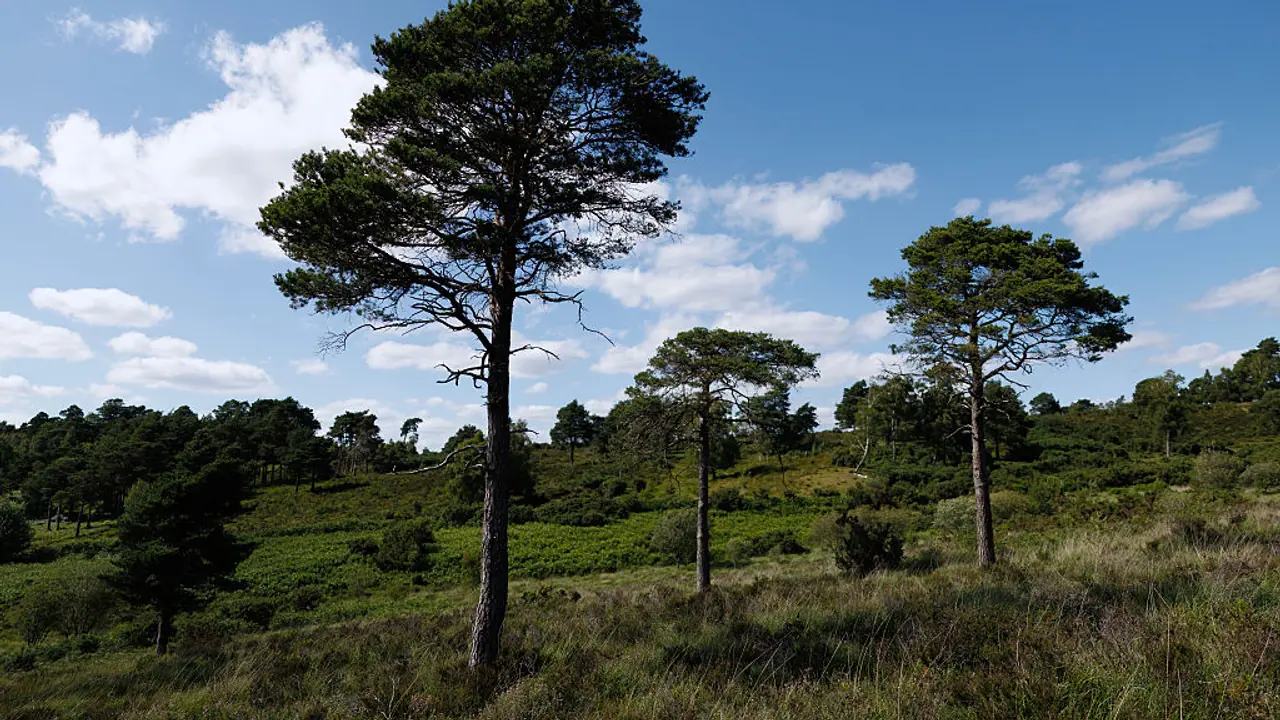As the planet hurtles through the upheaval of climate change, scientists say forests, which take centuries to adapt to environmental shifts, are now out of sync with the breakneck speed of global warming.
Forests are facing a crisis their age-old rhythms can’t outpace. As the planet hurtles through the upheaval of climate change, scientists say forests, which take centuries to adapt to environmental shifts, are now out of sync with the breakneck speed of global warming.

A groundbreaking new study, published in Science, reveals tree populations lag behind climate shifts by a staggering 100 to 200 years. This ecological delay, uncovered through the meticulous analysis of ancient pollen records and contemporary environmental data, suggests that many forest systems are simply too slow to keep pace with our rapidly warming world.
Forests are changing but not fast enough
“Forests are changing—but not fast enough,” warns David Fastovich, postdoctoral researcher at Syracuse University’s Paleoclimate Dynamics Lab. Fastovich led the research team under the guidance of Tripti Bhattacharya, Thonis Family Professor of Paleoclimate Dynamics. Their goal: to map how long it takes forests to respond to climate shifts.
“We've known these time lags have existed, but no one could put a firm number on them,” says Fastovich. “We can intuit how long a tree lives. We can count the rings on a tree and estimate from there. But now we know that after one to two centuries—very close to how long a tree lives on average—entire forest ecosystems begin to turnover as trees die and are replaced in response to climate.”
Historically, forest ecosystems evolved with patience. During Ice Ages, trees crept slowly southward to escape the cold, their seeds carried by winds and wildlife. As warmth returned, they journeyed north again. But today, the climate is shifting too fast for trees to follow. While human-induced warming unfolds over mere decades, tree communities require centuries to adjust—a chilling disparity that leaves forests highly vulnerable.
To arrive at their conclusions, the team studied lake sediment cores containing pollen dating back up to 600,000 years. They used spectral analysis—a method more common in physics and engineering than ecology—to draw precise connections between forest changes and climate fluctuations from decades to millennia.
"This gives us a common language for people who observe forest change—ecologists, paleoecologists and paleobiologists—to talk to one another about those changes no matter if we study forests on annual or millennial timescales," Fastovich explains.
Their findings show that while forests appear stable over short periods, their true transformations often span hundreds of years. The study also uncovers a crucial inflection point: after roughly eight centuries, changes in tree populations become markedly more dramatic, often tied to natural climate variability.
“With this new technique, we can think about ecological processes on any timescale and how they are connected,” Fastovich says. “We can understand how dispersal and population changes interact and cause a forest to change from decades to centuries, and even longer timescales. That hasn't been done before.”
But perhaps the study’s most urgent takeaway is - forests cannot endure this climate crisis alone.
“There's a mismatch between the timescales at which forests naturally change to what's happening today with climate change,” Fastovich stresses. “Population-level changes aren't going to be fast enough to keep the forests that we care about around. Assisted migration is one tool of many to keep cherished forests around for longer.”


